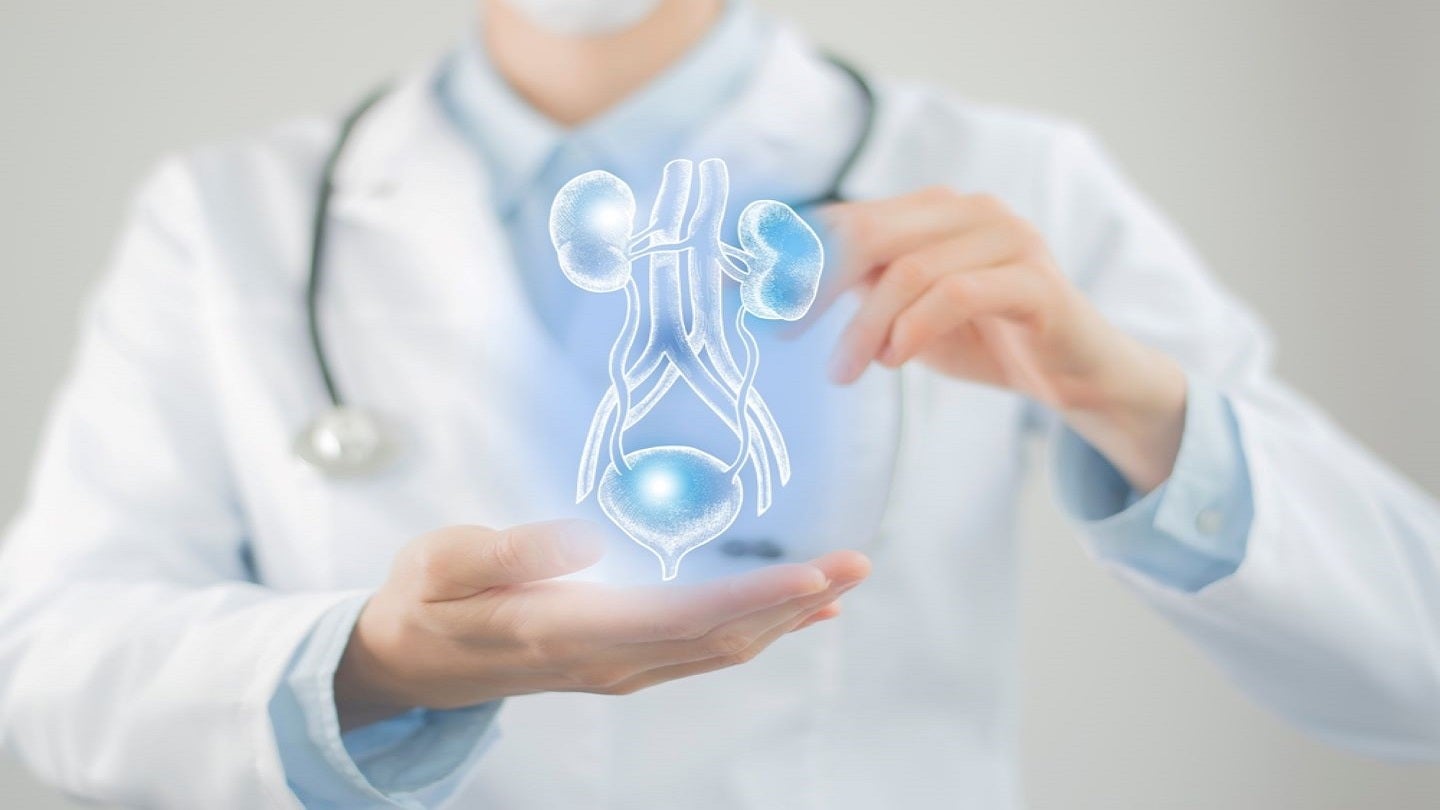
BlueWind Medical announced that its BlueWind System designed to treat overactive bladder (OAB) has met the primary and secondary endpoints in the OASIS pivotal study.
The results of the trial were presented at the American Urological Association 2023 annual meeting in Chicago.
The trial is designed to assess the safety and efficacy of the company’s implantable tibial neuromodulation system to reduce urgency urinary incontinence (UUI) symptoms such as urinary urgency and urinary frequency.
The BlueWind System was evaluated in a 151-patient prospective, multi-centre, single-arm, open-label clinical study.
BlueWind Medical CEO Dan Lemaitre said: “We are grateful to the investigators and study participants who made OASIS possible.
“The strength of the OASIS data provides great hope that the BlueWind System will provide a compelling therapeutic alternative for the millions of people with OAB who are currently waiting on the sidelines for a more patient-centric and convenient solution to fit their lifestyle.
“We continue to work with the FDA and look forward to introducing this innovative solution to physicians and patients.”
In the study, the system demonstrated procedural success rates of 76.4% and 78.4% at six and 12 months respectively, with a minimum 50% reduction in UUI symptoms, in the intention-to-treat analysis.
In the completers analysis of participants, after 12 months of follow-up, it was found that 82% of them experienced a reduction of at least 50% in UUI episodes.
Furthermore, the analysis revealed that 66.9% of participants achieved a reduction of at least 75% and half of them achieved at least three consecutive dry days.
Additionally, the patient-centric care nature of the therapy, which enables personalised treatment, led to a gradual and significant enhancement in UUI.



